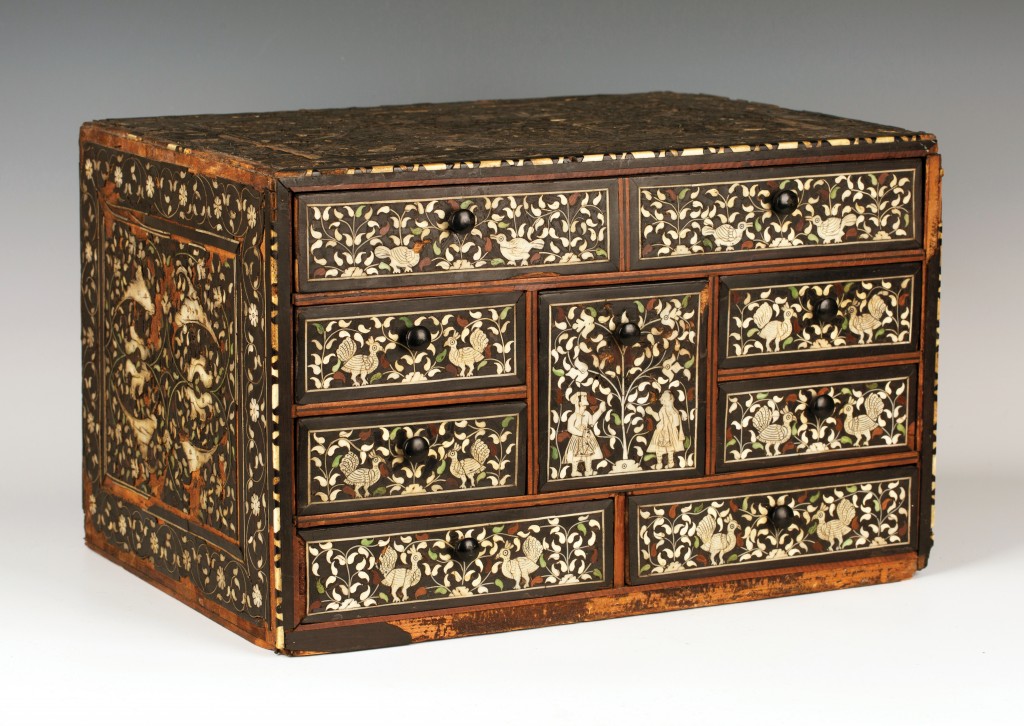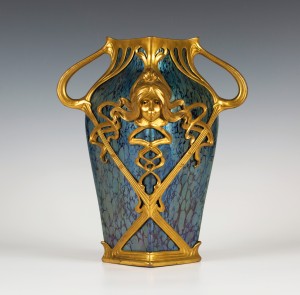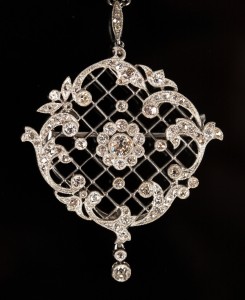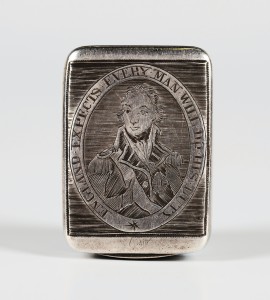
The British art market accounts for some 65% of European Union (EU) art sales. Britain is one of the world’s three leading international market places for art and antiques. Despite this important global position the UK’s art market has been plagued by EU rules over the years.

The British art and antique market is a significant sector in the UK economy. With total annual sales of around £9,000 million it employs more than 41,000 people.
Britain is the third largest art and antique market in the world with a 22% global market share. It uniquely attracts high value items from around the world for sale. These objects are sold, predominately at auction, to a global audience. In 2013 Britain imported £3,702 million of art and antiques and exported £4,498 million.
The EU’s approach to this global market could politely be described as rather introverted.

In the rest of the EU VAT is paid by the seller at auction on the price paid for a Lot as well as on the commission and expenses. This has impacted hugely on their competiveness in the global market. Whilst Britain was successful in maintaining that VAT should only be paid on commissions and services in the UK market, it fell victim to the EU VAT harmonisation programme which, in 1995, saw a VAT import duty imposed of 5%. The impact of this on the British market was softened when the EU conceded a temporary import scheme which allowed import VAT to be waived where an item was re-exported outside the EU within two years. But the famous and costly EU red tape remains around this issue. The post-Brexit government would do well to remove the anti-competitive EU import VAT which is so burdensome on a market highly dependent on international cross-border trade.

Perhaps more contentious is the Artists Re-sale Right (ARR) imposed by EU directive against the wishes of the British Government. It is based around the French ‘Droit de Suite’ system of royalties paid to an artist and their families for 70 years after the artist’s death when art is re-sold. I am unaware of any studies which highlight the degree to which artists have benefited. The EU claimed that it would persuade global markets to adopt the ARR scheme and create a level playing field. This, of course, did not happen. It is clear that the EU’s ARR has had an extremely detrimental effect on the British art market’s global competiveness against markets such as Hong Kong and New York. The British Art Market Federation (BAMF) commissioned a study of ARR’s impact. It highlighted that the UK’s global art market share in post-war and contemporary art (those area most affected by ARR) fell from 35% in 2008 to 15% in 2013. Whilst the relatively poor economic performance of Europe in comparison to the USA will account for part of this, ARR has had a serious impact on the UK’s global competiveness in this sector.
Some may be asking what relevance the global markets have in Sussex. But we have many leading manufacturing, technology and research companies operating in the global economy in our county. Toovey’s have invested hugely in the global art and antiques market creating tooveys.com as an international shop window with hundreds of thousands of potential buyers seeking to do business with us. Our sellers come from as far afield as Canada and buyers from across the world including China, India and the USA.
Prices were buoyant at Toovey’s first series of post-Brexit specialist auctions last week, especially in the sectors of jewellery, silver and collectors’ items, as illustrated by the objects shown here.
A post-Brexit Britain must look to secure its competitive advantage in those areas of our economy which are already performing with extraordinary competiveness and creativity in the global economy and deliver the promise of removing anti-competitive legislation, taxation and red tape. If it does then Britain’s place in the global art market can only grow.
By Rupert Toovey, a senior director of Toovey’s, the leading fine art auction house in West Sussex, based on the A24 at Washington. Originally published in the West Sussex Gazette.